Lead apron - Special medical costume
BHG - When it comes to the medical industry, we are familiar with the image of doctors and nurses wearing white lab coats.
However, there are doctors and nurses who regularly wear lead aprons weighing about 10kg. These are people who perform interventions for patients in an environment with radiation (X-rays).
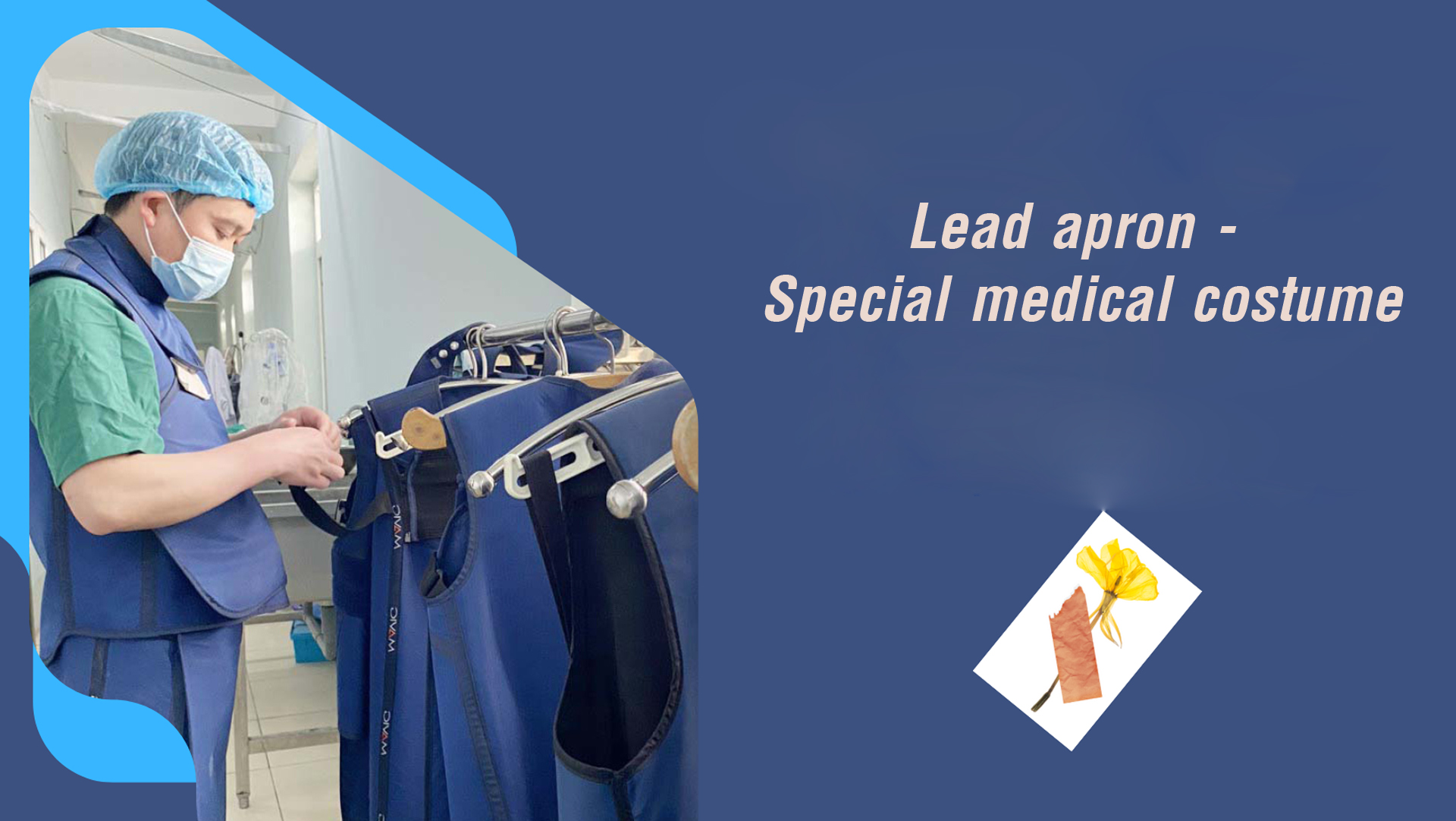 |
The job requires the wearing of a lead apron to prevent the penetration of X-rays, but there is also a risk of many occupational diseases for doctors and nurses. To know more about the work of doctors and nurses with the most special "costumes" of the medical industry, the reporter had the opportunity to take a closer look at Ha Giang Provincial General Hospital.
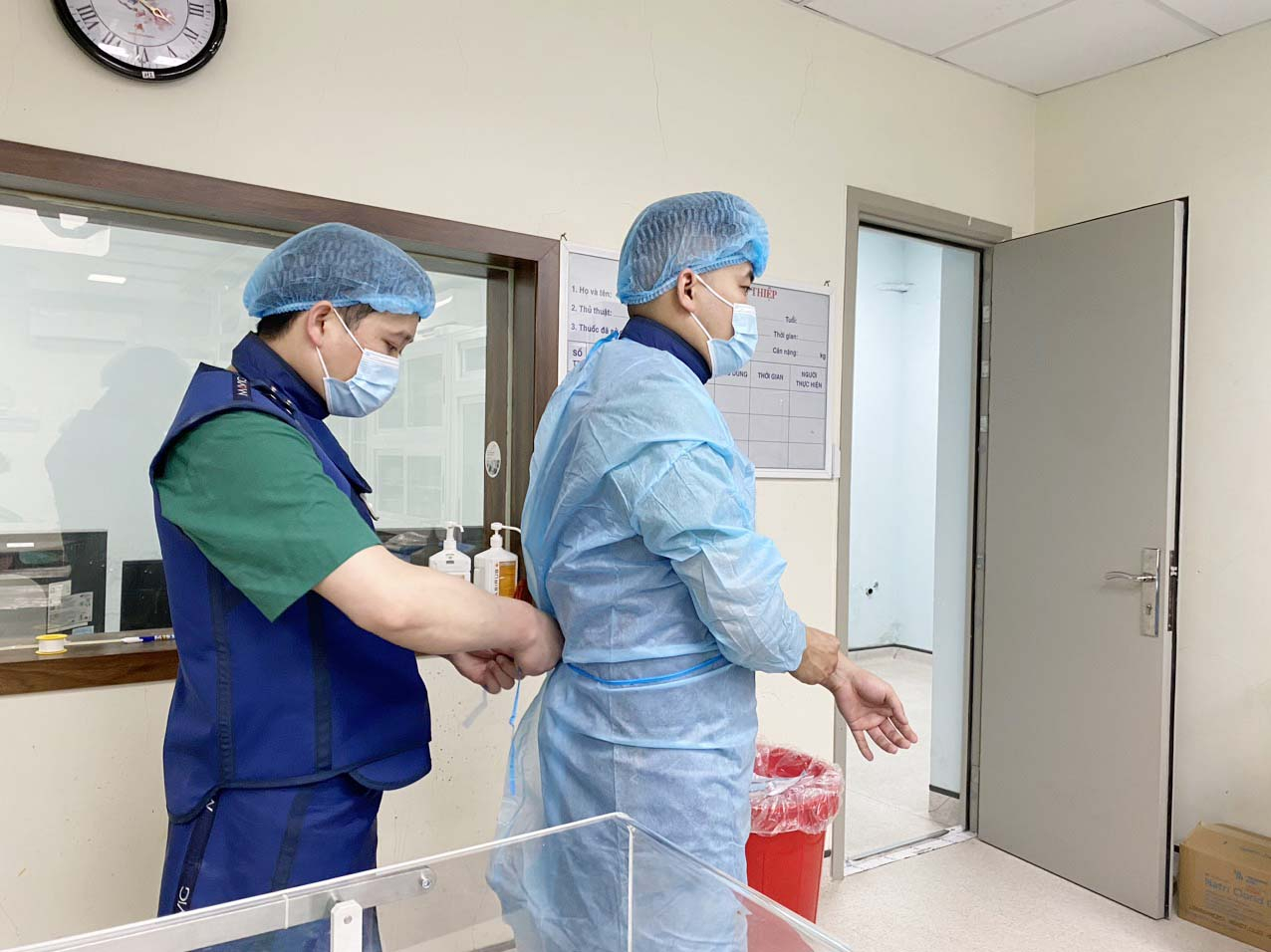 |
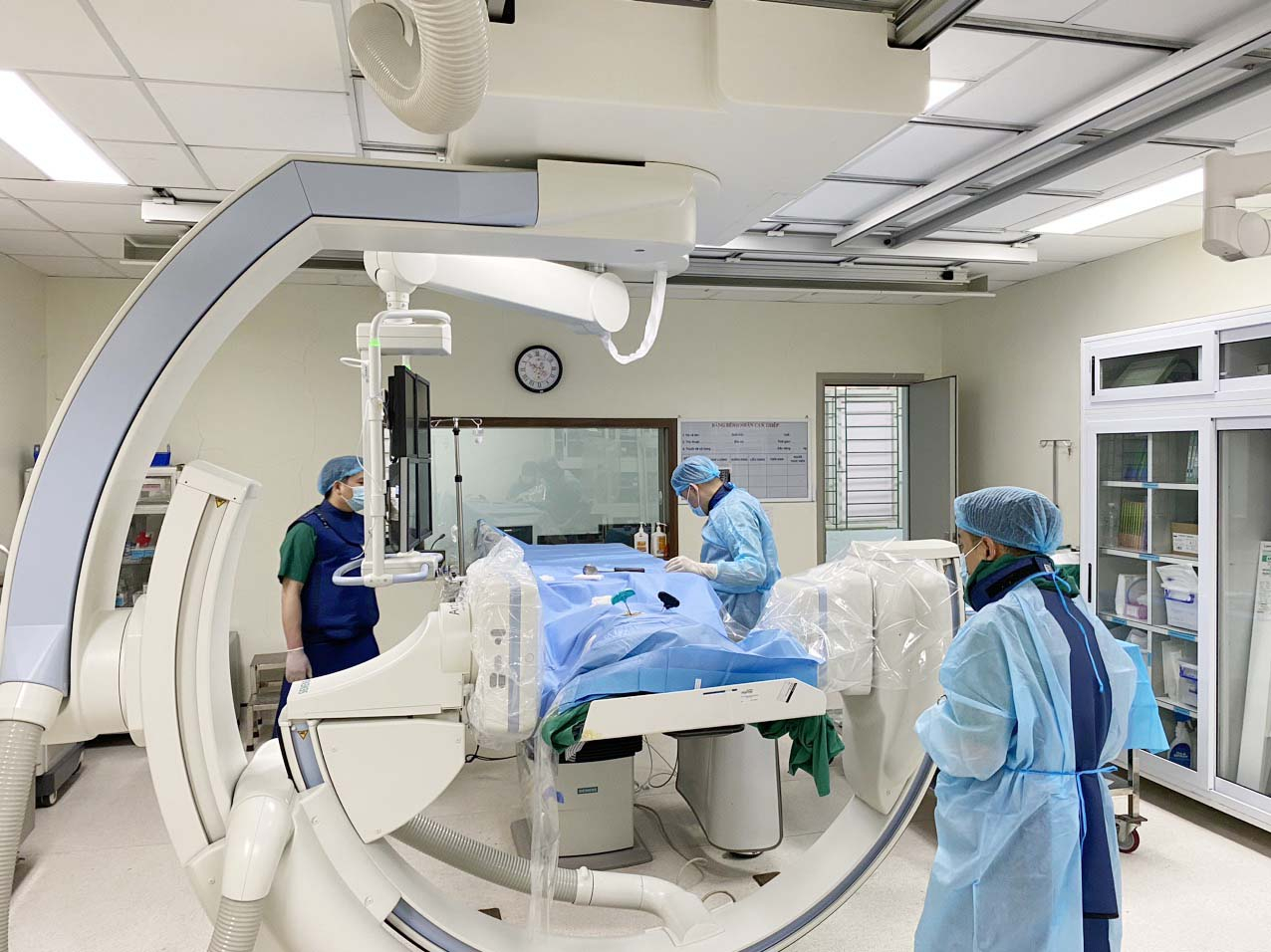 |
At the Provincial General Hospital, there are intervention and emergency rooms that use X-ray-emitting machines to support doctors and nurses in intervention and emergency treatment of patients. However, in addition to scientific benefits, X-rays are also harmful to human health.
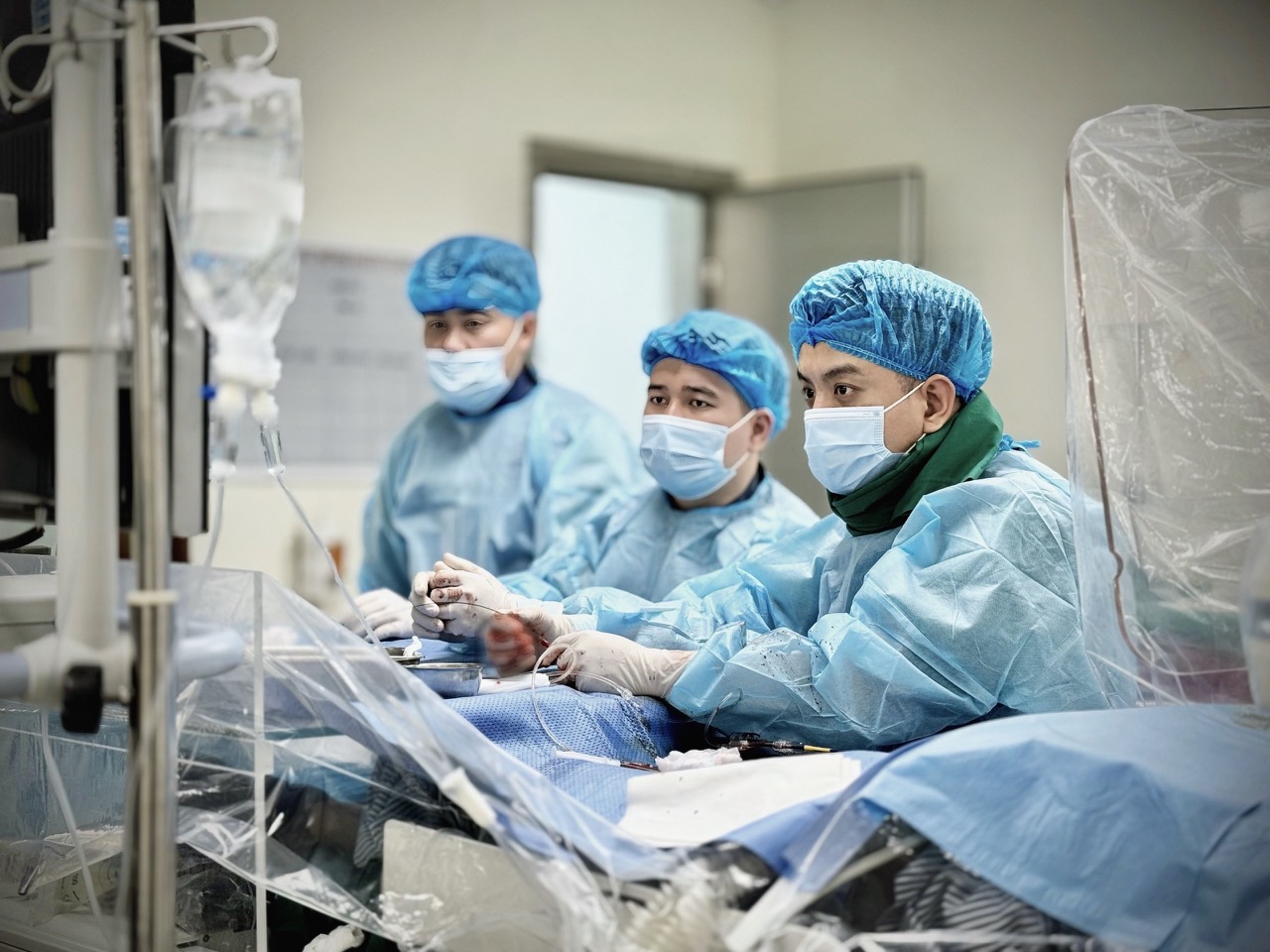 |
To protect the health of doctors and nurses from the risk of X-ray radiation, those working in such environments must wear lead apron weighing from 7 - 10kg depending on size. The costumes are so heavy that they require the assistance of colleagues to put on/take off.
When donning this costume, the wearers can barely raise their arms in front of their face, it is very difficult to look back or clasp their hands behind them. This is probably the heaviest costume in the medical industry.
 |
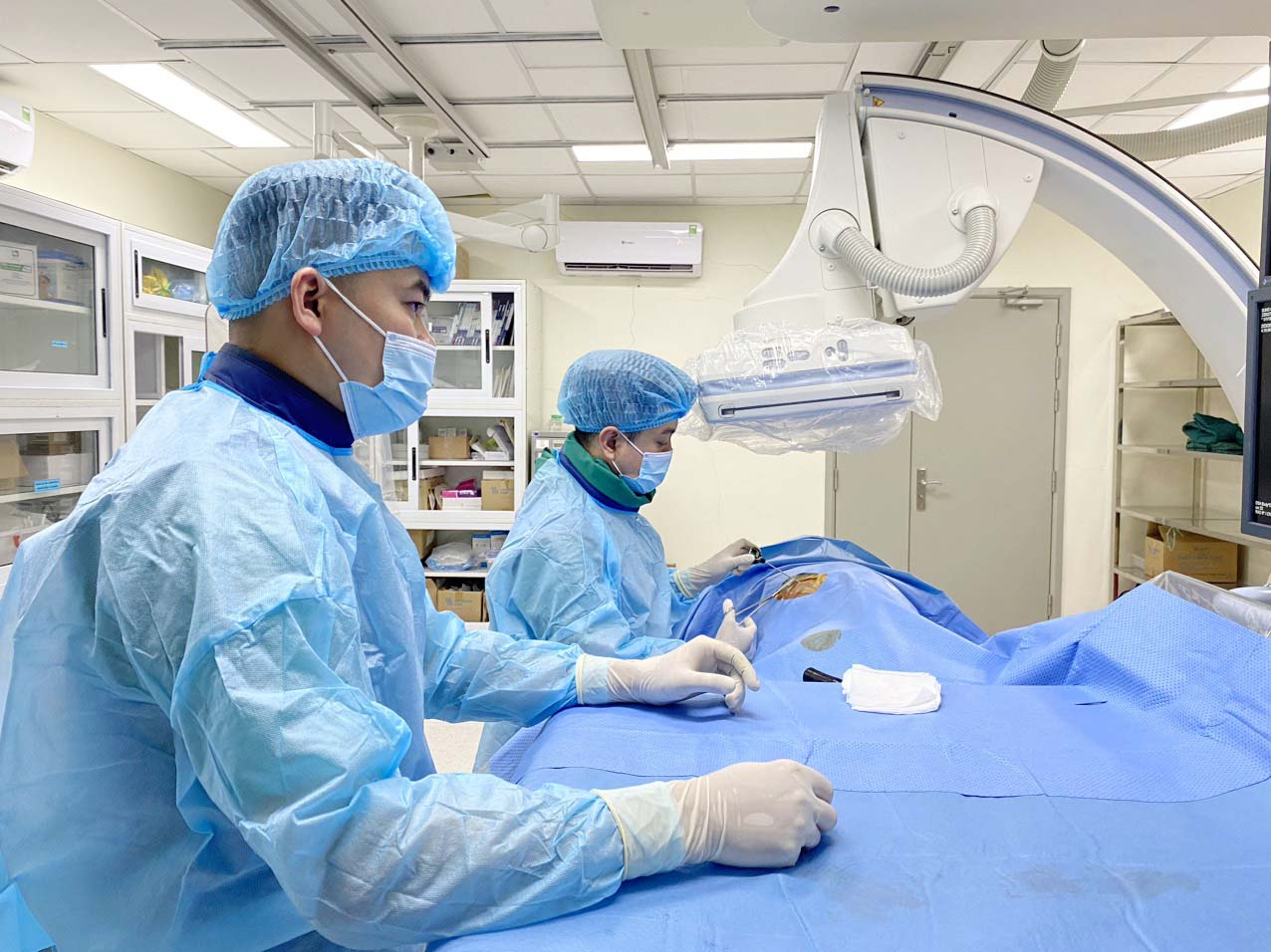 |
The operating room with a digital scanner at the Provincial General Hospital is one of the places where doctors and nurses must wear lead apron when working.
Each intervention has three-four doctors, nurses, and technicians, all of whom must wear lead apron to protect against X-rays when operating the background-clearing digital scanner.
 |
Entering intervention cases, doctors and nurses must shoulder two "burdens": the responsibility to successfully complete intervention and emergency cases, and pressure on the body from the weight of the lead apron and the toxicity of X-rays over many hours.
Talking with doctors and technicians who regularly wear lead apron, it is known that those performing interventions with lead aprons must face both the visible and invisible weight of complex and lengthy interventions.
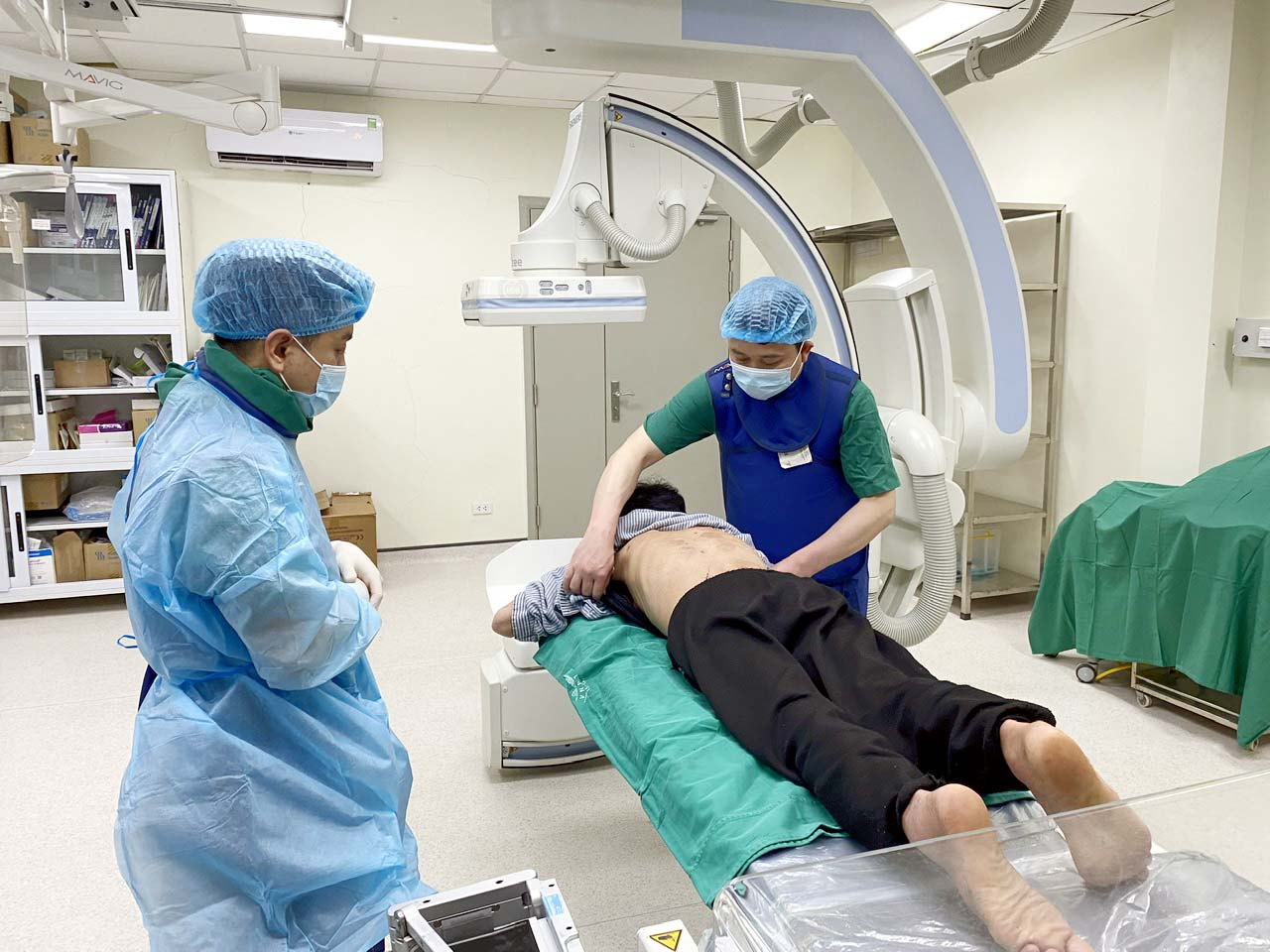 |
Some people spend up to six days a week, with about four-five interventions per day, standing in the intervention room wearing lead apron. The time spent wearing lead apron can be up to 50 hours in that work week.
Master, Doctor Trinh Tien Hung, Head of the Department of Cardiology, said there are shifts that last several hours, such as emergency stent placement for patients with acute myocardial infarction or cases of cardiac arrest on the intervention table, in which doctors, nurses, and technicians wearing heavy lead aprons have to turn around to rescue patients.
Working in lead apron for long periods of time in an environment that shines X-rays directly on the body is very toxic.
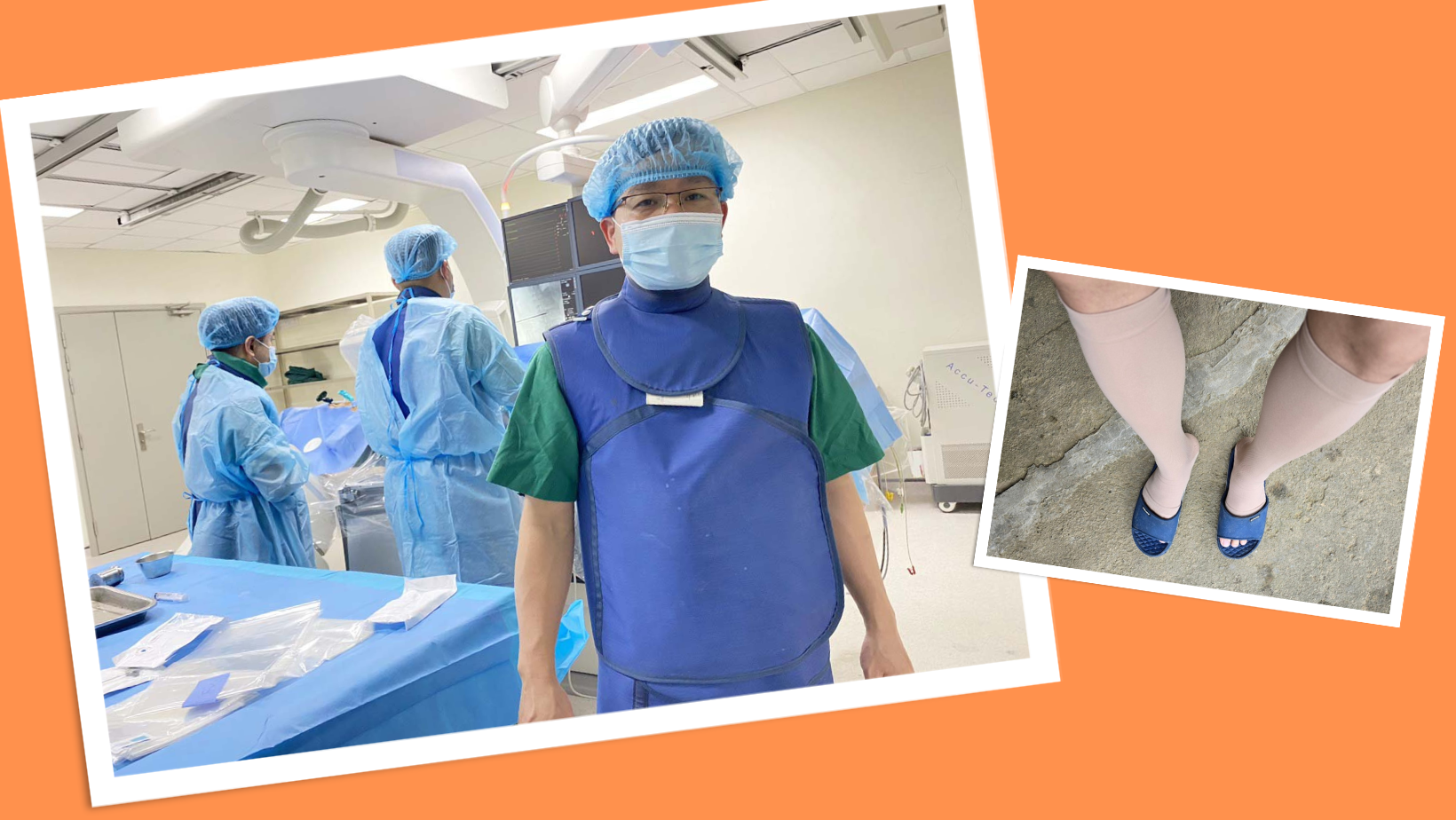 |
The days of performing the procedure are many and long, with a lot of exposure to rays, making the wearer feel drunk and very tired. Doctor Hung shared that after wearing lead apron and standing for a long time, he developed varicose veins and must now wear compression stockings to treat his varicose veins.
Doctor Pham Anh Van, Director of the Provincial General Hospital, said that wearing heavy lead apron continuously for many hours is the cause of occupational diseases for doctors and nurses. Some diseases include varicose veins or spinal diseases, not to mention that X-rays carry the risk of other dangerous diseases.
The weight of the lead apron and the pressure of highly specialised work also cause doctors and nurses to always be stressed when participating in intervention and emergency medical cases.





READER COMMENTS